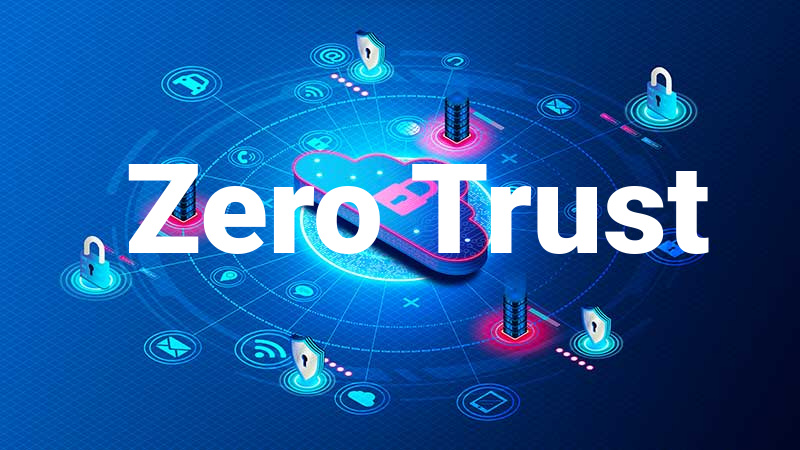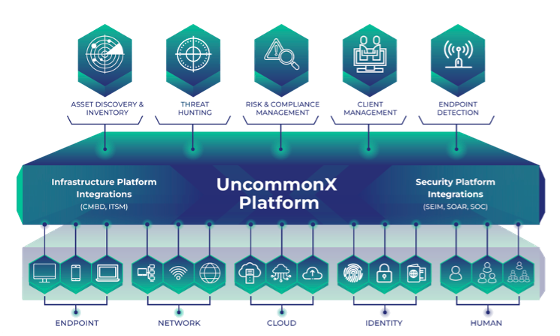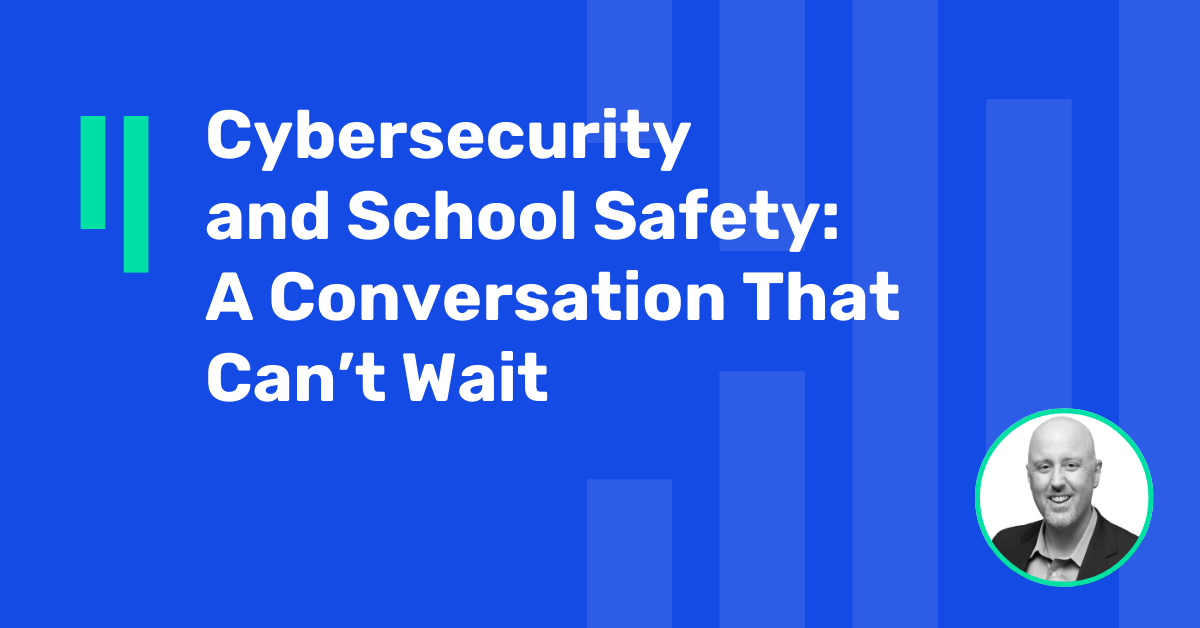Case Study: Using Continuous Threat Exposure Management to Address Zero-Day Vulnerabilities
Security and risk management leaders can use this study to see how New York State Insurance Fund (NYSIF) utilized a CTEM program to minimize the...
Experiencing an active breach? Call us immediately at 1-866-405-9156 UncommonX has experienced ZERO reportable breaches.


Security and risk management leaders can use this study to see how New York State Insurance Fund (NYSIF) utilized a CTEM program to minimize the...

UncommonX was proud to support a recent expert panel hosted by ZeroNow, part of their Conversations series focused on advancing safety and security...

I. Zero Trust adoption will continue to grow exponentially While only 16% of companies implemented Zero Trust in 2019, reports indicate to conclude...